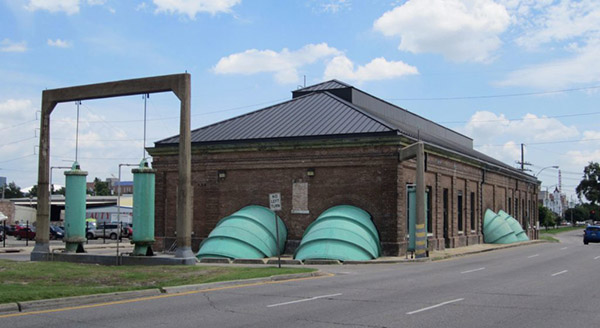
Living with Water in New Orleans
This post is the first in a two-part series on water management in New Orleans. In September 2013, just days after the eighth anniversary of Hurricane Katrina, New Orleans officials unveiled a new approach to water management in the city: the Greater New Orleans Urban Water Plan. After centuries engineering ways to exclude water from the city (through levees, flood walls, and drainage pumps), city officials now hoped to reintegrate water into the landscape. In building new ways of “living with water,” the authors of the plan hoped to create a more sustainable New Orleans—especially in the face of growing threats from climate change. But with many neighborhoods still rebounding from Hurricane Katrina, residents questioned what these restoration projects might mean for their communities. The story of water management in New Orleans is entangled with issues of race and class, infrastructure and development, and the politics of sustainability—issues that, as recent flooding in Baton Rouge remind us, are not going away. Mud, mud, mud… In 1819, Benjamin Latrobe, architect of New Orleans’s first waterworks, wrote in his journal: “mud, mud, mud… This is a floating city, floating below the surface of the water on a bed of mud.” (read more...)
